COVID Safety in School
Due to COVID-19, the district has implemented many changes and guidelines for the safety of students and staff.
All guidelines and procedures are based on the Pennsylvania State Department of Health. You can review this document on the school website here.
The one-way hallways are one of the biggest changes in the school. The one-way hallways are a guideline from the state that helps limit face to face contact between students, and this system limits the amount of students in the hallway at a given time. According to Todd Mulder this is one of the requirements from the COVID-19 Safety Procedures for Reopening Businesses.
Most students are following the one-way hallway rule with little to no problems. Freshman Tyler Kowalczyk said, “obviously it is important to stop the spread of the virus, I’m all for it, but it is very time consuming.”
The two-bell system is one of the changes to help with overcrowding of hallways; basically, one bell rings for A classrooms to dismiss (approximately half the school). Two minutes later, a second bell rings for B classrooms to dismiss.
Freshman Caiden Cowie said, “I don’t enjoy it because it makes me late for lunch, it’s pointless because the hallways can fit more students.”
When asked if he is being more lenient on tardiness of students due to the new bells Natural Resource Management (N.R.M) teacher Paul Traeger said, “A little more lenient as long as it is a reasonable time.”
The cafeteria has undergone many changes as well. The district installed plexiglass barriers between students sitting across from each other, along with assigned seats to see who has come in contact with whom.
These changes have also affected the lunch line. Fewer students are being let in at a time, and they must be six feet apart. The students are no longer allowed to take the food themselves; they must ask lunch ladies for the food, and they hand it to them.
According to one of the school’s head custodians Karen McAllister, custodians are disinfecting all frequently touched surfaces. Along with using a C-3 (similar to a power washer) to disinfect the bathrooms daily. Rooms with high traffic are being mopped daily. The hallway floors are machine washed weekly.
It’s important to note that McAllister knows a little something about disease and the proper ways to clean/be safe. She majored in Microbiology and Chemistry at the University of Maryland, College Park. She worked in various locations, one being a home care nurse.
“My education and work taking care of people with serious and often highly contagious illnesses definitely prepared me to cope with the COVID pandemic and mentor trainees and new hires to the Custodial staff,” she stated.
According to superintendent Nathan Van Deusen, the school made these by selecting committees to handle certain rules and problems; for example, the facility committee is in charge of the plexiglass barriers in the lunchroom and the spare masks at the nurse’s office.
These committees were made so that all the bases of the guidelines could be covered. Each committee has a different purpose which allows them to put more thoughtful and focused on problems.
Of course, the school nurse has many changes as well. For example, regularly needed items (such as Band-Aids, lip balm, extra masks) are located in the hallway for students to take as needed.
Teachers are to call ahead of a student who wishes to go to the nurse to ensure there aren’t many people already there.
The isolation room in the nurse’s office is one of the lesser known precautions, which is used when someone has come in contact with anyone with or they have COVID-19 like symptoms while at school. After being attended to by the nurse, the student waits in the room until a parent or guardian can pick them up.


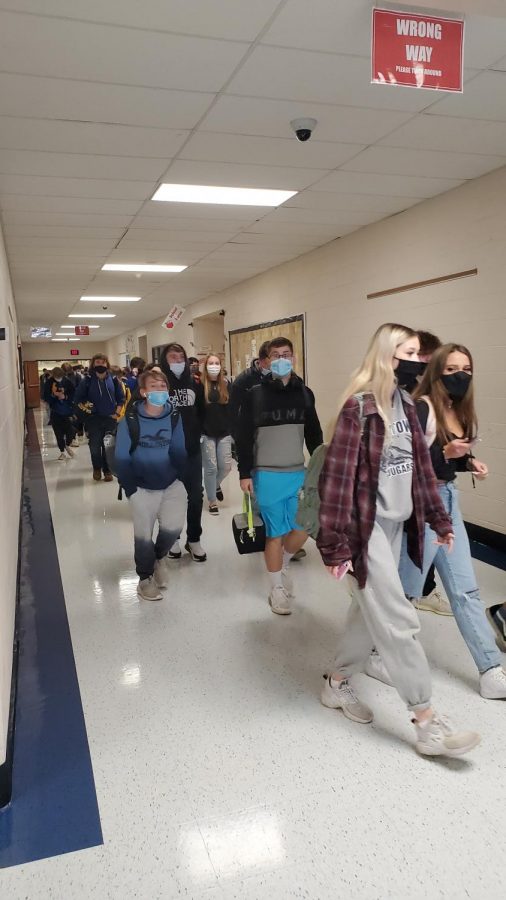

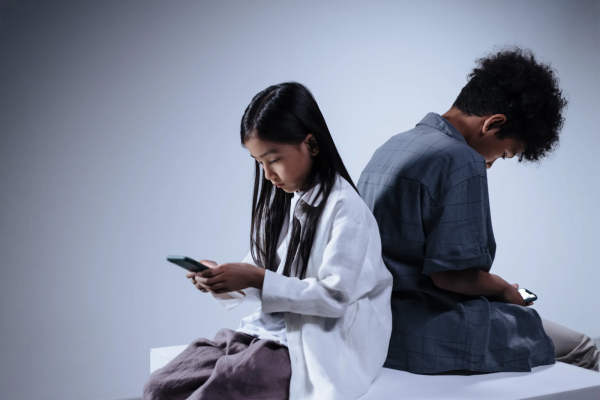
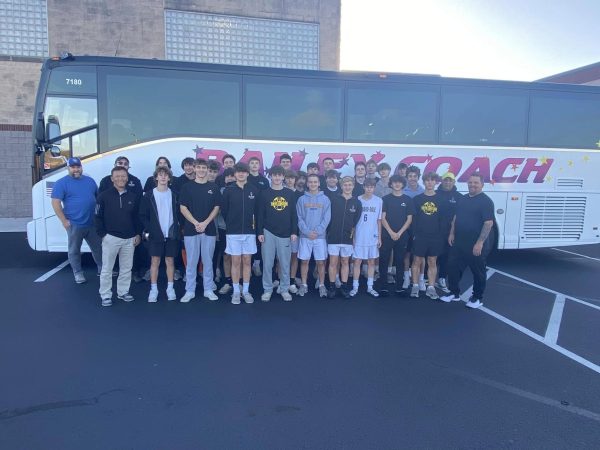



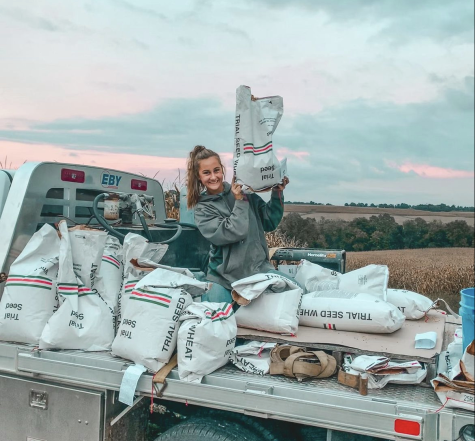


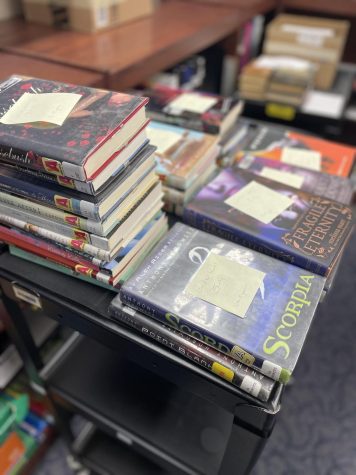
Susan Ester • Nov 4, 2020 at 7:30 pm
Nicely written! Much better than what you used to do during Kidwriting in kindergarten! 🙂 Keep up the good work!